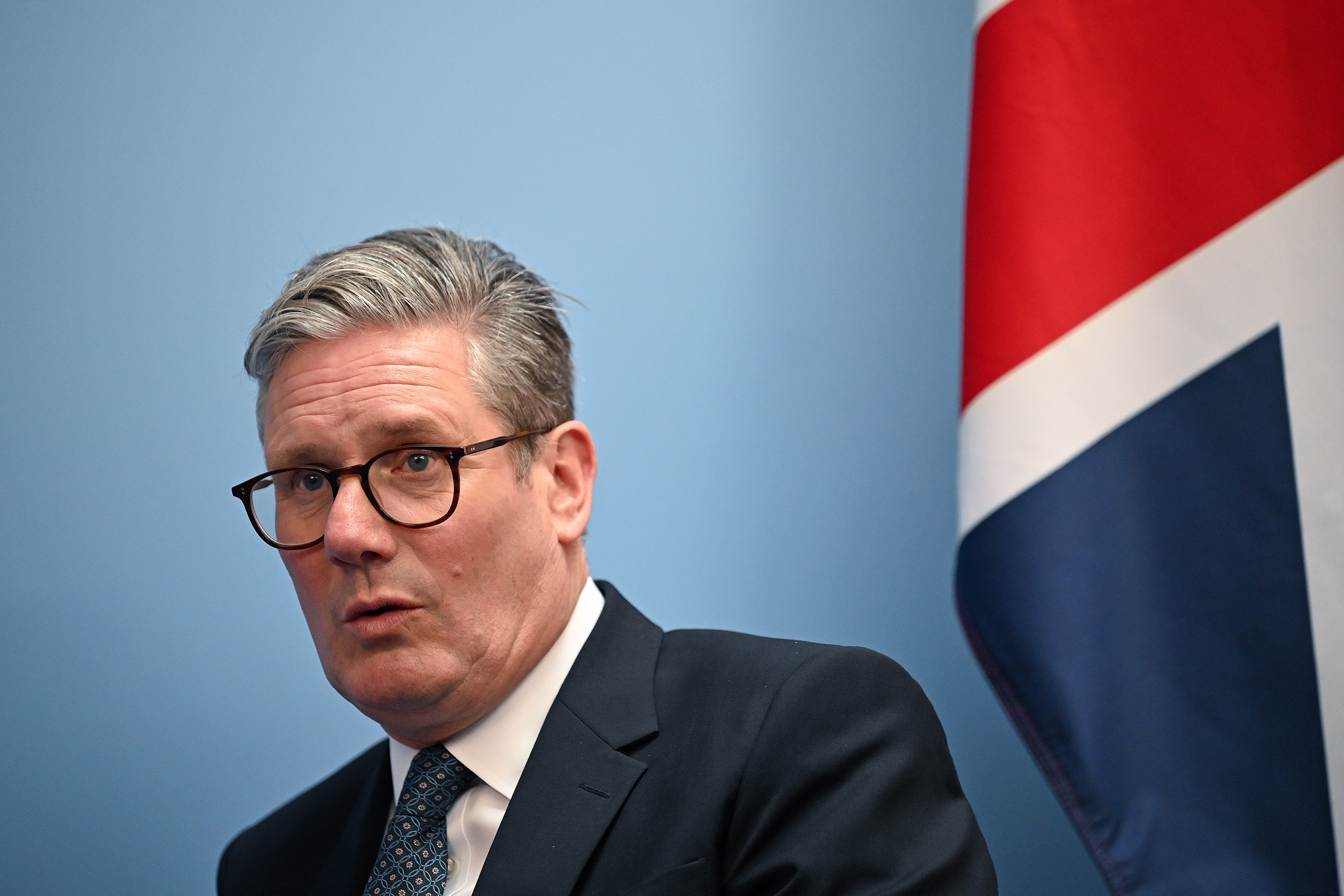Why is Keir Starmer so obdurate in refusing a European youth mobility scheme?
The European Union has once again urged the prime minister to consider its proposals for young people to travel freely between the UK and the EU, but he has once again said no, writes John Rentoul


The prime minister has once again been urged to agree to a limited scheme to allow young people to travel freely between the UK and the EU for the purposes of work or study, and has once again signalled his refusal to consider it.
Ignacio Garcia Bercero, the EU’s former chief negotiator, called on Keir Starmer to agree to a deal on youth mobility and cultural exchange as part of the continuing negotiations under the framework set by the trade and cooperation agreement, which governs trade between the UK and the EU.
A government spokesperson repeated the line that the prime minister has taken consistently since before the election: “There are no plans for a youth mobility scheme and we will not return to freedom of movement.”
Stella Creasy, the Labour MP who is chair of the Labour Movement for Europe, points out that the EU’s proposals for a youth mobility scheme would place strict restrictions on participants, so “it’s very clearly not free movement”, but Starmer appears to be unmoved.
Why is the prime minister taking such a hard line on this?
There are two possibilities. One is that it is a negotiating tactic: that Starmer does not want to allow any hint of possible movement on his part to reach the EU side in the discussions that are continuing about what he calls the “reset” of Britain’s relationship with the bloc.
It may be that he is willing to concede a youth mobility scheme – which the EU side very openly regards as highly desirable – if the EU can offer some easing of trade rules.
The other possibility is that Starmer regards taking a position that could be presented by the Conservatives as “going back on Brexit” as a non-starter. He focused his election campaign on “hero voters” identified by Deborah Mattinson, his former head of strategy. These are working-class voters who used to vote Labour but voted Leave in 2016 and voted Tory in 2019. He remains focused on retaining as many of them as possible at the next election.
Supporters of a youth mobility scheme point to opinion-poll evidence that it has wide support, even among Leave voters, but some of the prime minister’s advisers are wary of anything that could be used to construct a story about Labour trying to “reverse Brexit”.
What does this ‘reset’ consist of, then?
The prime minister dodged a question about closer alignment of trade rules from Charlie Maynard, a Liberal Democrat MP, at Prime Minister’s Questions on Wednesday. Starmer said: “I certainly agree that the deal we got under the last government is not the best deal that we can get. That is why we are determined to reset the relationship, and we have already begun that. Obviously, there will be no return to freedom of movement, the customs union or the single market, but beyond that we can increase and improve the situation, whether on trading, security or other cooperation, and we are actively working on that.”
Meanwhile, David Lammy, the foreign secretary, wrote to Emily Thornberry, the chair of the foreign affairs committee, to say that the “UK-EU reset” will be led by the Cabinet Office: “Fifty members of staff moved from the Foreign Office to the Cabinet Office on 6 November. These officials, along with the existing EU National Security Secretariat and Windsor Framework teams, form the new European Union Relations Secretariat in the Cabinet Office.”
According to the letter, one of the main issues that the new unit will try to resolve is the status of Gibraltar, which it describes as “the last piece of the EU exit jigsaw”. Gibraltar was not covered by the UK-EU trade and cooperation agreement. The letter makes no reference to a youth mobility scheme.



Join our commenting forum
Join thought-provoking conversations, follow other Independent readers and see their replies
Comments